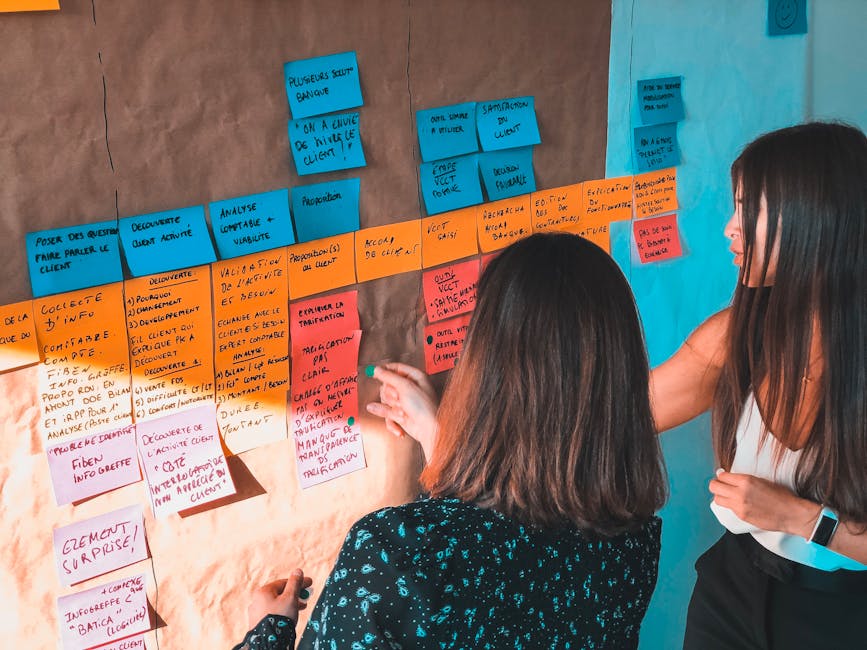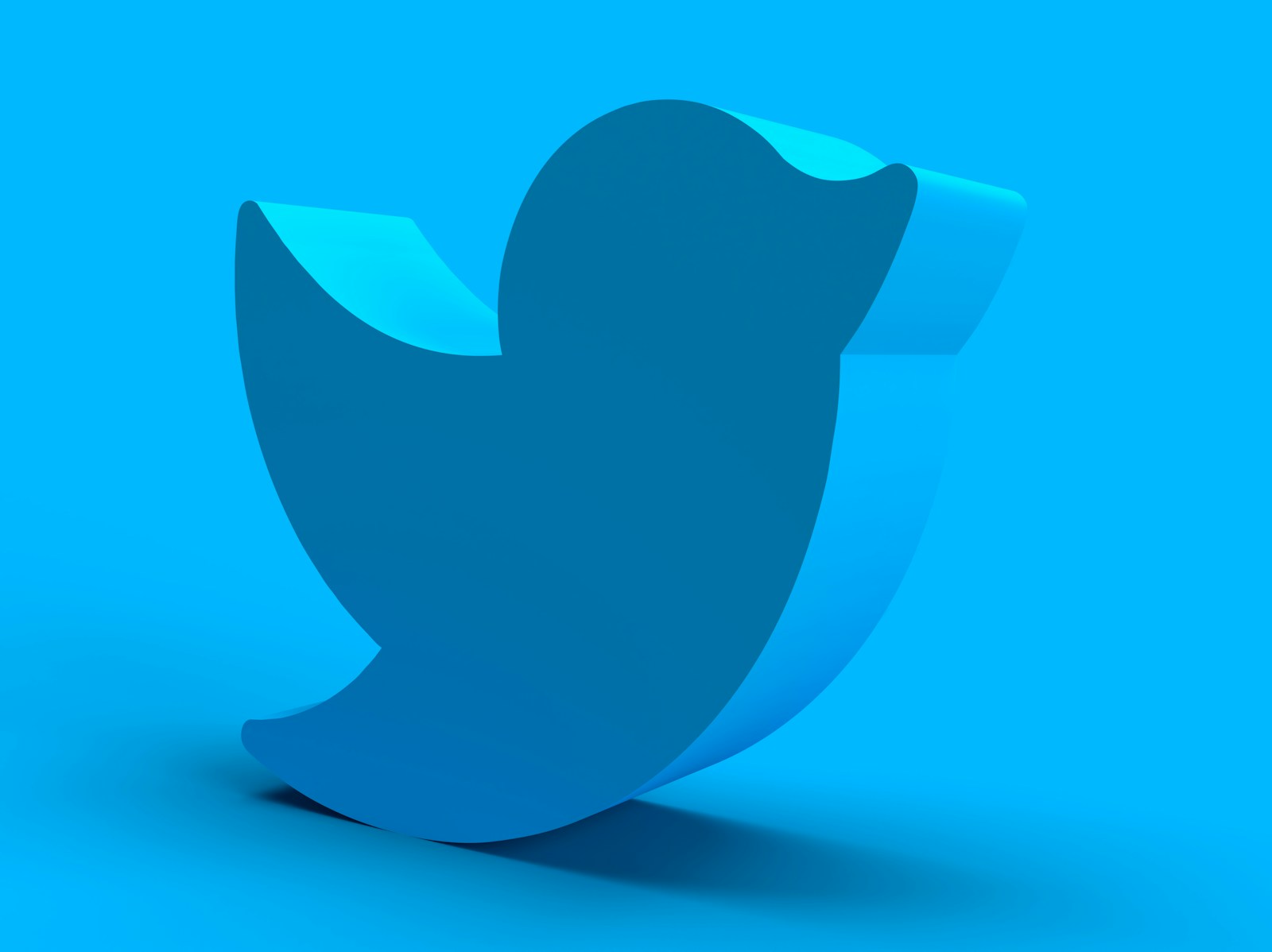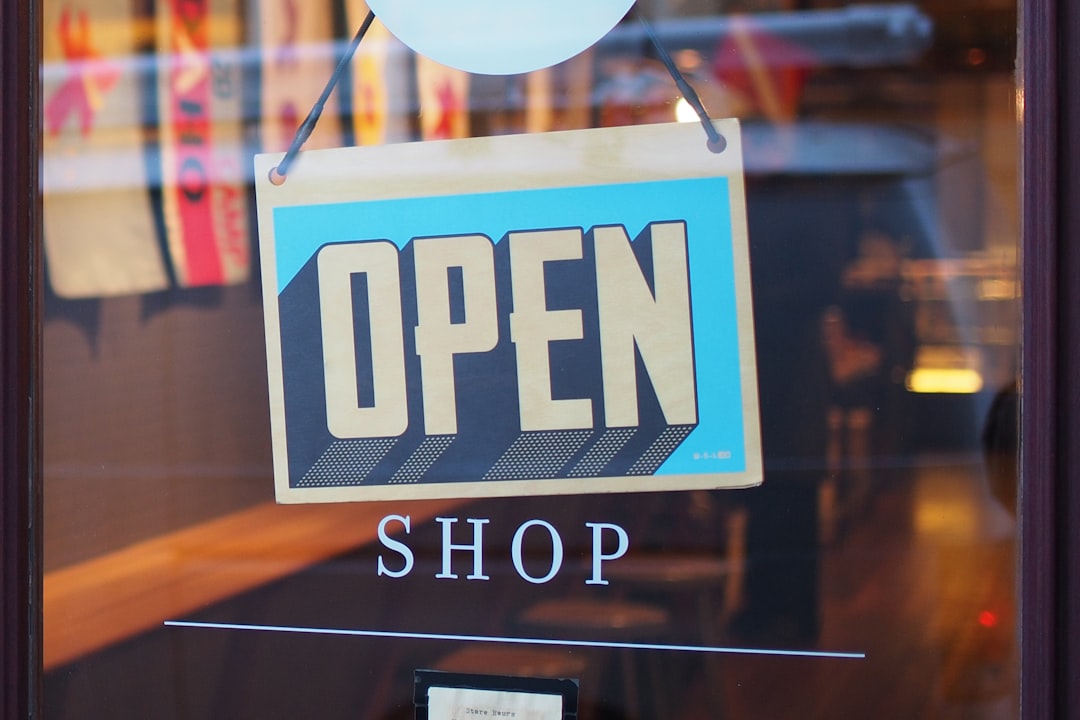How to Use Twitter Ads for Your Event Promotion.
Establishing a solid strategy before an event is crucial for achieving success on Twitter. By setting clear objectives, allocating tasks efficiently, and maintaining a consistent message, your team can create engaging content that resonates with your audience. Thoughtful planning and real-time adaptability will keep the momentum going and ensure that every tweet adds value to your campaign.
 Developing a Comprehensive Pre-Event Strategy
Developing a Comprehensive Pre-Event Strategy
Clear objectives form the backbone of any Twitter campaign. Start by defining what success looks like. Do you aim for ticket sales, increased brand visibility, or driving user engagement? Be concise. Allocate your team to specific tasks:
- Who’s crafting the tweets?
- Who’s monitoring tweets?
- Who’s engaging with followers?
Each role should be distinctly defined.
A precise budget is indispensable. Allocate funds not just for Twitter ads but also for any third-party tools that aid in managing the campaign. Now, brainstorm with your team. Discuss potential content ideas, tweets, imagery, and hashtags. Consider integrating visual elements—tweets with GIFs or videos see higher engagement. Each member’s input is vital to create a holistic strategy.
Your campaign’s message should be consistent across all tweets. Does it highlight the event’s unique value? Establish this message before developing content. Also, set designated times for posting and responding to tweets. Users expect prompt responses, so your team needs to be prepared to meet these expectations.
Plan pre-event activities to generate buzz. This could involve:
- Sharing behind-the-scenes content
- Introductions to speakers or special guests
- Small giveaways
Each tweet should add value, provide information, and engage users. Incorporate your event hashtag in all tweets to create coherence and facilitate tracking.
Use Twitter’s scheduling tools to manage pre-planned tweets efficiently. By preloading tweets, you ensure a steady stream of content even if unforeseen circumstances arise. This helps maintain momentum and keeps your audience engaged.
Assign a team that dynamically adjusts strategies based on real-time analytics. Monitor what works and what doesn’t. Is a particular type of tweet getting more engagement? Adjust your strategy accordingly. Flexibility is key in adapting to what your audience responds to.
Ensure that you track all metrics from the outset. Analyze tweet impressions, engagements, and link clicks using Twitter Analytics. This data helps in refining strategies and focusing on high-performing content. Adapt and recalibrate based on these insights.
Integrate geo-tagging in your tweets. This localizes your event, making it relevant to nearby users. It’s an effective way of targeting a location-specific audience.

Creating Engaging Tweetable Content
When crafting content for Twitter, prioritize information over self-centric content. Studies have shown that “informers” – those who share valuable, relevant information – gain significantly more followers and engagement compared to “meformers,” who focus on personal updates. Aim to provide your audience with useful insights, event-related updates, and content that adds value.
Craft your tweets to evoke emotions. Tweets that make followers feel amazed, interested, admired, astonished, or serene are more likely to be retweeted and engaged with. For instance, share stunning visuals of past events or testimonials from previous attendees. Such content not only grabs attention but also fosters a connection with your audience.
Address attendee pain points. Understand the challenges your target audience faces and how your event can offer solutions. Whether it’s professional growth opportunities, networking possibilities, or access to exclusive knowledge, highlight these benefits clearly. Use real-world examples to illustrate how past events have helped attendees overcome similar issues.
Create a branded and compelling hashtag that is short, memorable, and relevant. This fosters a sense of community and makes it easier for attendees to engage with and find content related to your event. For example, a unique hashtag like #TechInnovate2024 can be used consistently across all tweets and marketing materials, ensuring coherence and easy tracking.
Integrate visuals, GIFs, and videos to boost engagement. Utilize high-quality images, engaging videos, and relevant GIFs to make your tweets stand out. A short video clip of a keynote speaker highlighting key points can be captivating. Ensure that each tweet with visual content retains your brand’s identity. Consistent color schemes, logos, and themes make your tweets instantly recognizable.
Embed poll questions or run Twitter contests to drive engagement. Encourage followers to vote on session topics or participate in quizzes related to your event. This not only makes your content interactive but also builds excitement.
Remember, consistency is key. Regularly update your followers with new information, behind-the-scenes looks, and exciting updates leading up to the event. This consistent engagement keeps the buzz alive and maintains interest.
Create tweet templates to streamline content creation. This ensures you maintain a professional and consistent tone. For example, a template might include:
- An eye-catching image or video
- A compelling message addressing pain points
- A branded hashtag
End your tweets with a clear call-to-action (CTA). Whether it’s encouraging users to register for the event, share the tweet, or visit your website for more details, a well-defined CTA drives action and engagement.
Boosting Event Visibility and Engagement
To boost event visibility and engagement on Twitter, leveraging Twitter ads is essential. Here are some strategies to make the most of these tools:
Promoted tweets are effective for raising awareness. These ads appear directly in users’ timelines, extending your reach beyond your followers to potential new attendees. By promoting tweets, you can ensure that key messages, event announcements, or calls-to-action such as “Register Now” are seen by a wider audience. Craft these tweets thoughtfully – using compelling visuals, a strong CTA, and your branded hashtag will maximize engagement.
Host hashtag contests to amplify your event’s online presence. Encourage participants to use your event’s unique hashtag in their tweets to enter a competition. This increases the visibility of your hashtag and fosters community engagement. Ensure the prize is enticing enough to motivate participation. Monitor the contest closely to engage with participants actively and retweet their entries to maintain momentum.
Offer exclusive Twitter-only promotions to drive engagement. Special discounts or early bird tickets available only to your Twitter followers add a sense of exclusivity and urgency. Promote these offers through targeted tweets and make it clear that these opportunities are limited.
Use geo-tagging to make your event tweets relevant to local audiences. Tweets that are tagged with a location can attract nearby users who might be interested in your event. This is especially effective for events held in large cities or popular destinations.
Involve vendors, sponsors, and speakers in your promotional efforts to expand your reach. Request these stakeholders to tweet about your event using the branded hashtag. This collaboration shares the promotional workload and taps into their followers, introducing your event to new potential attendees.
Use dynamic ad strategies such as targeted ads and remarketing. Use Twitter’s ad targeting features to reach users based on location, interests, or behaviors. Remarketing ads can re-engage users who have previously interacted with your content but haven’t registered yet.
Measure the success of your ad campaigns carefully. Utilize Twitter Analytics to track engagement metrics such as impressions, retweets, likes, and link clicks. Use this data to refine your strategies continuously. For instance, if promoted tweets containing videos perform better than those with images, adjust your future content accordingly.
Focus on post-event engagement. Encourage attendees to share their experiences and feedback using the event hashtag. Retweet their content and engage with their posts to maintain a positive relationship and build anticipation for future events.
Leveraging Power Users and Influencers
Identifying and engaging power users and influencers is crucial in enhancing your event’s Twitter presence. These individuals have a substantial following and can significantly amplify your event’s reach.
Use tools such as Followerwonk, BuzzSumo, or Twitter Analytics to identify potential influencers in your industry. Look for users with:
- High follower count
- Significant engagement rates
- Relevance to your event’s theme
For example, if your event is a tech conference, focus on tech bloggers, industry analysts, and respected tech entrepreneurs.
Reach out to these influencers with a personalized message detailing why their presence and participation would be valuable. Provide them with exclusive content or unique opportunities – such as a behind-the-scenes tour or a Q&A session with a keynote speaker. These offers not only entice influencers to participate but also provide them with engaging material to tweet about.
Begin engaging with power users months prior to your event by interacting with their content, retweeting their posts, and engaging in meaningful conversations. This interaction fosters a genuine connection and makes them more likely to support your event.
During the event, supply them with:
- Branded materials
- Access to VIP areas or exclusive sessions
- Key points and quotes from sessions
- High-quality images to tweet about
Encourage them to live-tweet using your event hashtag.
Create unique and shareable experiences. Set up interactive stations or photo walls that influencers can use to generate visually compelling content. A memorable moment captured on Twitter can create a buzz and drive interest, attracting more attention to your event.
Emphasize the importance of tagging your event and using your official hashtag. This ensures their content not only engages their audience but also boosts your event’s visibility.
Host Twitter chats or Q&A sessions using these influencers as moderators or special guests. Promote these sessions in advance to build anticipation and ensure high participation.
Post-event, maintain the relationship by acknowledging their effort and expressing gratitude. Share highlights and acknowledge their contributions publicly. This not only cements your partnership but also sets the stage for future collaborations.
Post-Event Engagement Strategies
Continuing promotion after the event concludes is crucial to maintain engagement and build excitement for future events. Your goal extends beyond the event itself, leveraging post-event activities to nurture a community and enhance brand loyalty.
Engage with attendees by asking for feedback. Create post-event surveys or polls to gather opinions. Use tools like SurveyMonkey or Google Forms to aid in this process. Ask targeted questions on various aspects—content quality, speaker performance, venue, etc. Emphasize that their input is valued and will be used to improve future experiences.
Share highlights from the event. Post photos, videos, and key takeaways from the event. Highlight significant moments, such as impactful speeches or crowded sessions. Visually appealing content reminds attendees of their positive experience and attracts potential attendees for future events. Consider creating:
- A “thank you” video message from the organizers
- A compilation of attendee testimonials
- A Twitter moment featuring the best attendee-generated content
Maintain communication to foster a sense of community. Regularly update your audience with news, insights, or relevant information. Share behind-the-scenes content related to event preparations, such as next year’s planning or insights on upcoming topics. Use hashtags from the recent event to maintain coherence and track ongoing conversations. Encourage attendees to share their experiences using the event hashtag.
Feature user-generated content. Encourage attendees to share their photos, videos, and personal highlights on Twitter. Retweet and engage with this content actively. This practice acknowledges their participation and leverages their social circles, expanding your event’s reach organically.
Host a post-mortem with key stakeholders, including vendors, sponsors, and influential attendees. Discuss what succeeded and identify areas for improvement. Sharing outcomes from these discussions with your audience transparently builds trust and demonstrates a commitment to excellence.
Announce future events early. Even if specific details are not yet finalized, a save-the-date announcement can generate early buzz. Consider offering early bird discounts or VIP access to previous attendees as a token of appreciation.
Organize smaller digital touchpoints. Host webinars, Q&A sessions, or mini-events throughout the year to keep the community active and engaged. Promote these activities through your established channels, nurturing continued interest among your audience.
Track post-event metrics diligently. Analyze engagement rates on post-event tweets, monitor hashtag activity, and measure participation in feedback surveys. Use these insights to inform your strategies for future events, ensuring that each iteration delivers increasing value.
Maintaining engagement after an event is essential for building long-term relationships with your audience. By sharing highlights, gathering feedback, and keeping the conversation alive through regular updates and user-generated content, you extend the lifecycle of your event and foster a loyal community eager for future interactions.



